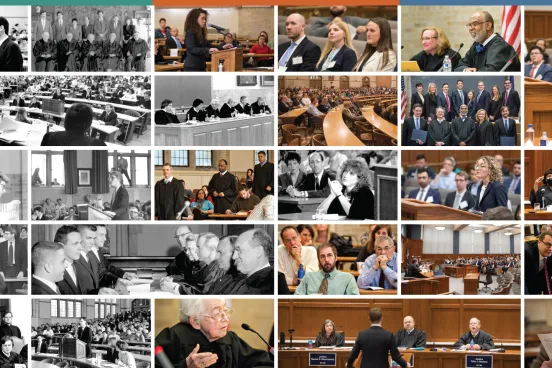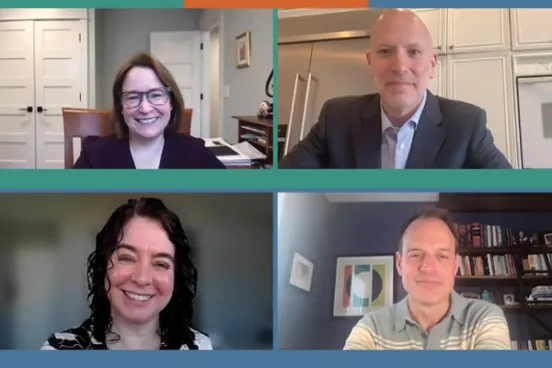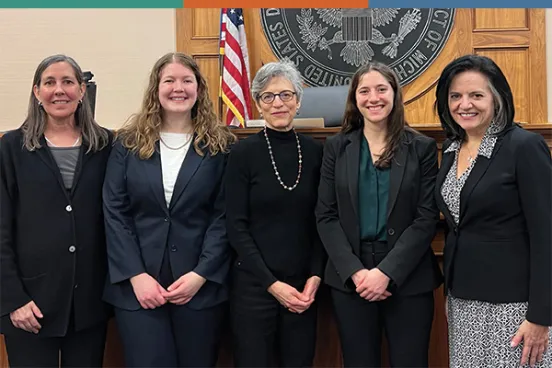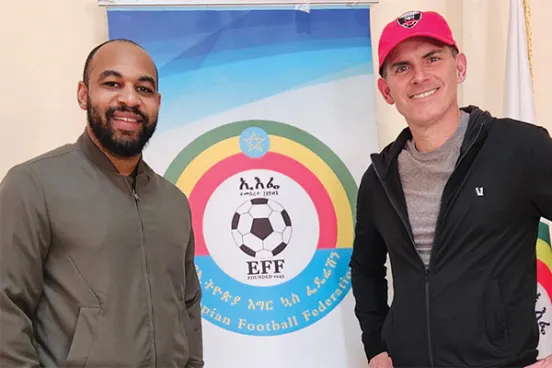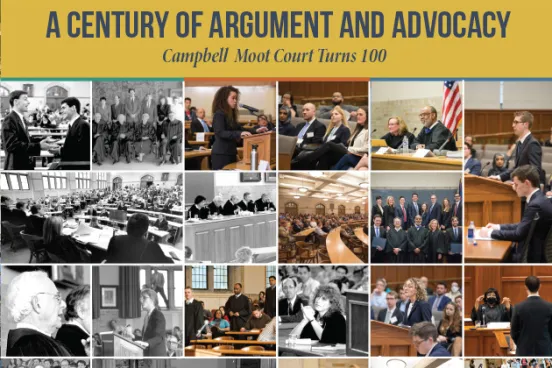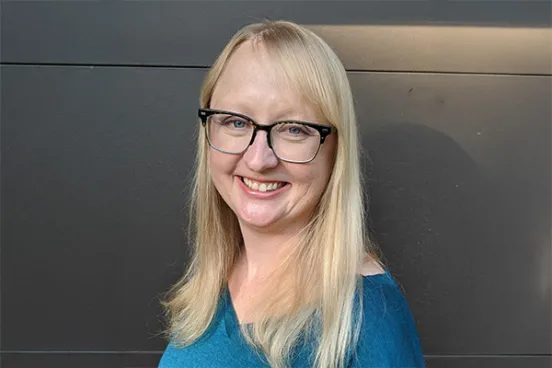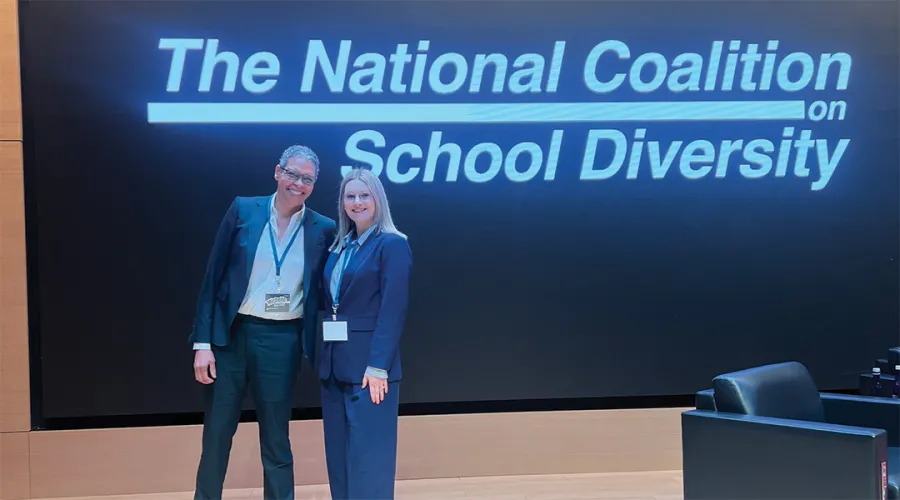
Two students in Professor Michelle Adams’s Race, Law, and History class were so inspired by class readings on school desegregation that they launched a digital timeline of integration efforts in Detroit to extend and share their learnings.
They hope their work will inspire others around the country to create similar projects.
Michelle Landry, ’24, and Victoria Pedri, a rising 3L, were particularly struck by excerpts from Adams’s new book, The Containment: Detroit, the Supreme Court, and the Battle for Racial Justice in the North. The book explores Milliken v. Bradley, the Detroit school desegregation case “that ended the Brown v. Board of Education era,” as Adams says, by allowing government-supported segregation to continue.
“School segregation is something you can see when you’re growing up,” Landry says. “To not only read about that and relate to it, but to hear all our fellow students who had similar experiences, was really powerful and made me see that more could be done in the realm of advocacy on this subject.”
“We felt very moved by the book excerpt that [Adams] had shared, and we asked to read more of it,” Pedri says. “A lot of law school experiences focus on legal research and history—the traditional academia—which makes sense. But we wanted to do something a little bit more than that, connecting the research to real-life events and getting it out to people.”

A visual timeline of segregation
Landry and Pedri’s initial concept was an interactive map that would highlight the history of segregation across the US, as well as actionable suggestions on improving conditions today. That proved to be too ambitious, so they refocused on a detailed digital timeline of efforts in Detroit.
“They took my book, and they added other existing sources, and they built out this amazing, beautiful digital timeline that gives the history of Detroit and school segregation, including some events that are outside of the book,” Adams says.
The project became a semester-long independent study for the two students, with some technical help from the University’s digital scholarship team. “They did a great job,” Adams says. “It shows what students on their own initiative can do.”
The timeline includes some of the advocacy information the students initially envisioned. And they still haven’t given up on the idea of a nationwide map.
“[Landry] and I are in conversation with some of those national advocates that we spoke to,” Pedri says. “They’re interested in taking this and continuing it.”
On the national stage
Pedri had the opportunity to pursue some of those conversations in person at the Fifth National Conference on School Diversity, “State of Integration Live!,” at Georgetown University in February. While bar exam prep kept Landry from attending, Pedri spoke about their project as part of the conference’s opening plenary. Adams later delivered a keynote address.
“There are pressing issues facing teachers, educators, parents, guardians, students, advocates, and lawyers across the nation who are engaged in integration work,” Pedri says. “However, understanding the past is critical to understanding the present. …Even when we addressed what sounded like entirely modern problems, the conversation was imbued with respect for the advocates who came before us and lessons from history.”
Beyond being inspired by the collective work of the speakers and attendees, Pedri was excited to field questions about the integration timeline.
“I talked with some advocates and teachers who plan on sharing the model with their students, which is precisely what [Landry] and I hoped for.”
Rising 3L Victoria PedriA lot of law school experiences focus on legal research and history—the traditional academia—which makes sense. But we wanted to do something a little bit more than that, connecting the research to real-life events and getting it out to people.
Lessons learned
Landry and Pedri say they found the experience of creating the timeline enriching in several ways.
“I gained a better understanding of school integration, especially in Detroit,” Landry says. “With the assistance of Professor Adams, we were able to understand the national context as well.
“We also got connections to people who are passionate about this work and are on the ground right now. Seeing those people was really powerful to me personally, to see how much work has gone into this in the decades that have followed.”
“I was surprised by some of [the state of] Michigan’s earlier history,” Pedri adds. “Michigan was fairly progressive in the late 1800s, early 1900s. What happened? Detroit schools are, essentially, still segregated today. How do we get that, when Michigan’s first integrated school was in the late 1800s?”
The team also learned that while progress can feel slow, there are people dedicated to ensuring that reform happens.
“Professor Adams is visionary in this field, and it was amazing to work with her and be able to contribute something unique and helpful for others. I hope people know that the fight for integration isn’t over. It feels like something that’s passed, but it still is happening now, and there’s more we can do,” says Pedri.
“It takes a lot of effort, a lot of people working resiliently, for things to progress forward,” Landry adds. “Lawyers can be both a positive and negative force.”


